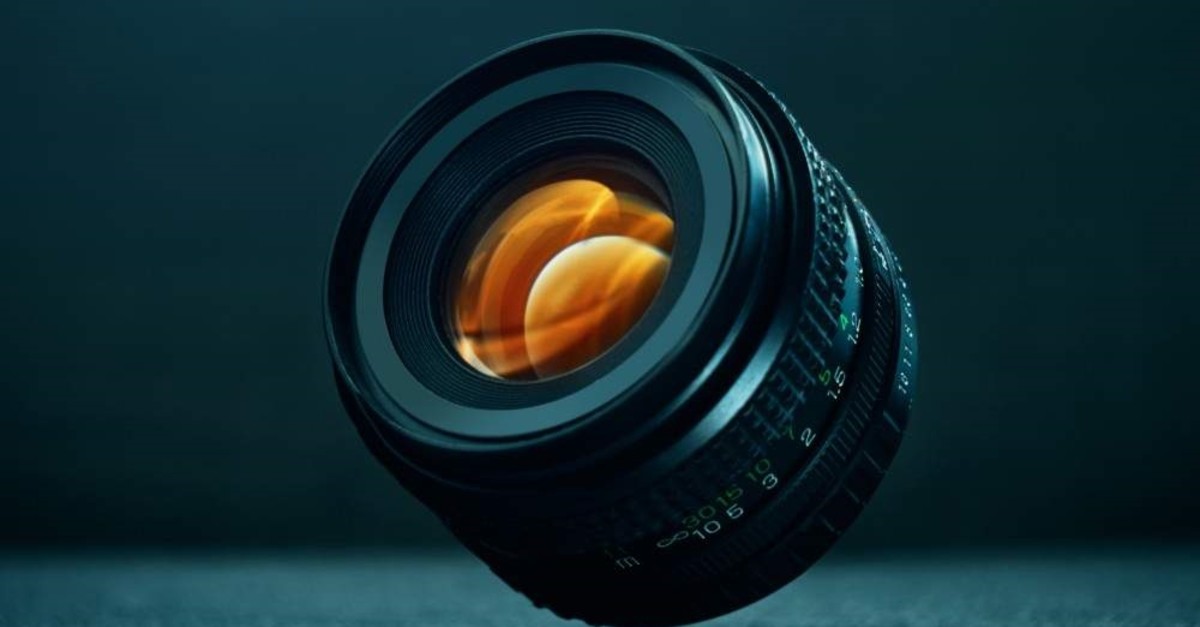In modern times we just received the camera. Most of us take it around our pocket at any time and have the ability to take photos and videos that are sharp and truly alive whenever we want and share those images with each other in the world. It doesn’t always happen.
For thousands of years there is no reliable way to share images with other people. If you are not there to see something yourself, you just need to take someone else’s word for it. For a long time, the best way to capture someone’s image, object, or event and share it with other people through illustrations. The pictures, for better or worse, are just as good as their artists and reference materials. As a consequence, we end up with some really funny exotic animal illustrations, withdrawn by people who have never seen them (per bored panda).
Cameras, as technology, are still relative in their growth, only in everything that resembles their modern form of about two hundred years. However, they came in a very long way during that time, had changed from a little more than a shadow to a very detailed image that we have today.
Long before even primitive photography, people understand that there is a relationship between light and images. Maybe you personally experience physical mechanics behind the initial shooting device. Light comes through windows or blind drawn partially can project images from outside to the wall, (per mit).
As explained by the fact of the history of photography, the first mention recorded from this effect was by Mozi, a Chinese philosopher in the 5th century BC. About a hundred years later, Aristotle noted that the solar eclipse that shines through tree leaves projects eclipse images in the field.
Then, the same effect is used intentionally through a device called the Obscura camera, Latin for “Dark Chamber,” (per Britannica). Obscura the camera is basically a box with a pinhole or lens outside. Light moves through a needle hole and about the opposite wall where the image is displayed. However, because light light rays in a straight line, the image is reversed and upside down.
The initial user of the Obscura camera will place a piece of drawing paper on the wall that receives the image so that it can be tracked. This is one of the earliest ways of images can be captured on paper, although indirectly, and is a precursor directly to the camera.
After the Obscura camera, the next challenge in photography is finding a way to correct images in a box in a more permanent way. Scientists, engineers, and fans turn to chemistry for answers.
In the 1970s it was known in the scientific circles that certain chemicals turned color or dark when exposed to light. As explained by the Science Stock Institute, Johann Heinrich Schulze, a physicist and German medical professor, using the combination of lime and silver nitrate for a while capturing imperfect images. When exposed to sunlight, silver nitrate turns dark. By using that knowledge, Schulze fills a jar with the mixture and places the stencil outside. Every part of the mixture borne by the stencil remains unchanged while the portion is turned out dark.
This method cannot make complex images with the level of detail needed for true photography, but Schulze managed to write a letter or form using sunlight. This proves that chemical and light combinations can improve images at least semi-permanent.

